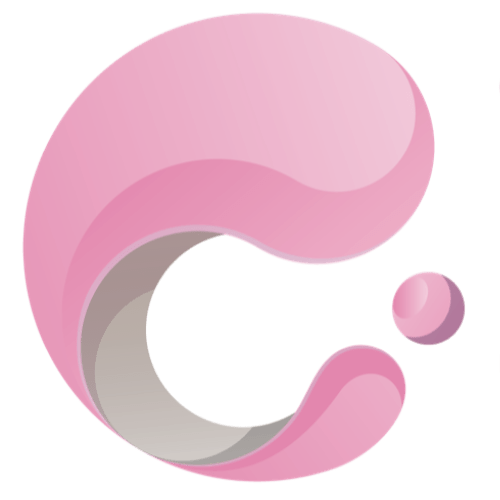Email marketing has proven to be one of the most effective tools for businesses to engage with their audience, nurture relationships, and drive conversions. A well-crafted email marketing strategy can be the key to success in today’s digital landscape plus it adds a personal touch to every communication. In this comprehensive guide, we will explore the fundamental elements of an email marketing strategy that can help businesses thrive. From subscriber acquisition to re-engagement, we’ll cover it all. So, let’s dive in!
Email Marketing Strategy Sequence
Subscriber Acquisition:
- Website Sign-Up: Optimize your website with strategically placed sign-up forms to encourage visitors to subscribe. Make sure the forms are prominent and offer compelling reasons for visitors to share their email addresses.
- Landing Pages: Create dedicated landing pages that highlight enticing offers or lead magnets to attract subscribers. These valuable resources can range from e-books to exclusive content that resonates with your target audience.
- Social Media: Leverage the power of social media platforms to promote your email list. Engage with your followers, run targeted ad campaigns, and provide incentives to encourage them to subscribe.
- Offline Events: Make the most of trade shows, conferences, and other events by collecting email addresses through physical sign-up forms or digital methods. Engage attendees with appealing offers and demonstrate the value they will receive by subscribing.
Once someone subscribes, it’s crucial to make a positive first impression. The welcome email sets the tone for your relationship with the subscriber. Here’s what you should include:
- Express Gratitude: Show genuine appreciation for their decision to join your email list. Make them feel valued right from the start.
- Set Expectations: Explain what subscribers can expect from your emails. Will they receive exclusive content, industry insights, or special promotions? Let them know what value they’ll receive.
- Introduce Your Brand: Provide a brief introduction to your brand, highlighting its unique selling points and why being a subscriber is advantageous.
- Relevant Links: Include relevant links to your website, blog, or other valuable resources. This encourages engagement and helps subscribers explore your offerings.
Nurture and Engagement:
- Regular Newsletters: Send newsletters on a consistent schedule to share valuable content, industry insights, updates, and promotions. Tailor the content to your subscribers’ interests and encourage engagement by linking to blog posts, videos, or social media platforms.
- Targeted Emails: Segment your email list based on demographics, interests, or behavior. Craft targeted emails that address the specific needs or pain points of each segment. This personalization improves relevance and increases engagement.
- Drip Campaigns: Utilize automated drip campaigns to send a series of pre-designed emails over a specific period. These campaigns can be triggered by actions or milestones such as abandoned carts, onboarding sequences, or educational series. Drip campaigns keep subscribers engaged and guide them through the customer journey.
- Surveys and Feedback: Engage subscribers by sending surveys or feedback requests. Gathering insights and understanding preferences helps you improve your products or services. Actively involving subscribers in shaping your offerings enhances their sense of ownership and loyalty.
Conversion and Sales:
- Promotional Emails: Periodically send targeted promotional emails to highlight new products, special offers, or limited-time discounts. Create a sense of urgency or exclusivity to drive conversions and boost sales.
- Abandoned Cart Recovery: Use automated emails to remind subscribers who have abandoned their carts to complete their purchases. Offer incentives such as discounts or free shipping to re-engage them and motivate them to finalize their transactions.
- Customer Reviews/Testimonials: Leverage the power of social proof by sharing positive customer reviews or testimonials. This builds trust, and credibility, and increases the chances of conversions.
Re-engagement:
- Inactive Subscribers: Identify subscribers who haven’t engaged with your emails for a specific period. Send re-engagement emails with compelling subject lines and offers to entice them to re-engage. Alternatively, provide an easy opt-out option for those no longer interested.
- Preferences Update: Allow subscribers to update their preferences or choose the frequency of emails they receive. This ensures they receive content that’s most relevant to their needs and reduces the likelihood of unsubscribing.
Crafting an effective email marketing strategy is essential for businesses seeking to build meaningful relationships with their audience and drive conversions. From subscriber acquisition to re-engagement, each step plays a crucial role in optimizing your email campaigns. By implementing the strategies outlined in this guide, businesses can harness the power of email marketing to engage, nurture, and convert subscribers successfully. Don’t forget to find a reputable email marketing platform such as Klaviyo which I use and they publish great articles such as this one that supports the above.
Whether you choose to manage your email marketing in-house or work with an email marketing agency, investing time and effort into building a comprehensive strategy will undoubtedly yield long-term benefits. So, embrace the potential of email marketing and leverage it to propel your business forward. For a fabulous email marketing strategy plan contact me. I love helping businesses grow!



